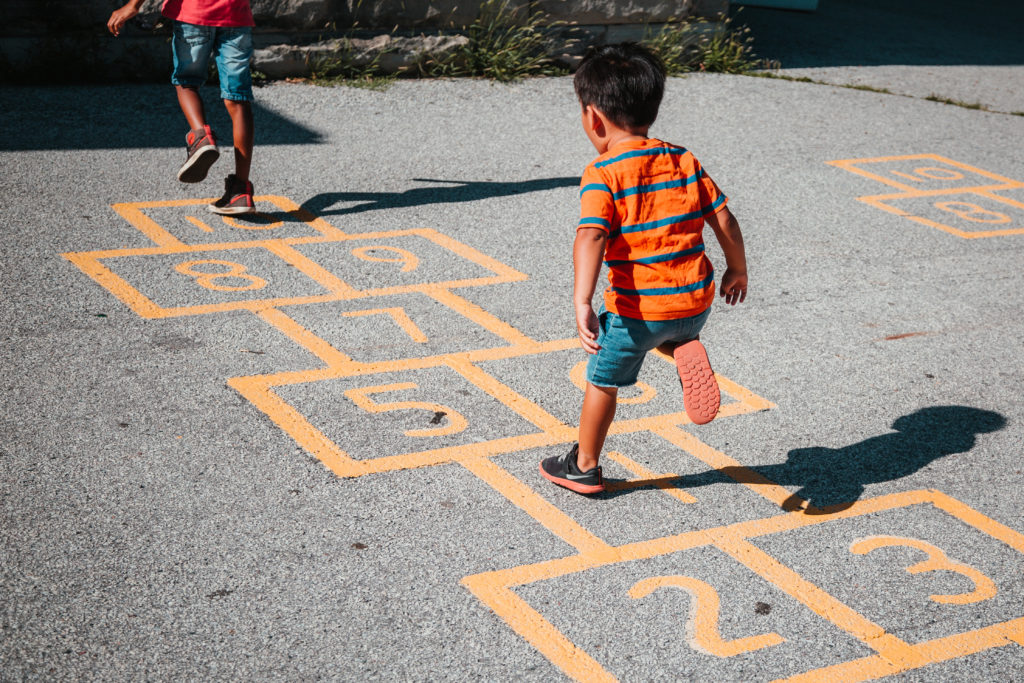Childhood serves as a realm of wonder, imagination, and exploration, and play stands at its core. As children embark on their initial steps through life, play emerges as a vital facet of their development. It is not merely a leisure activity; rather, play is a profound mechanism that underpins learning, skill development, and understanding.
Play, the universal language of childhood, transcends cultural, linguistic, and geographical boundaries. It serves as a channel through which children experiment, discover, and create. From imaginative games to outdoor escapades and building endeavors, play engages both the mind and the body, bestowing a sense of delight and curiosity.
Within the realm of play, children engage in problem-solving, critical thinking, and decision-making. Activities such as constructing a cushion fort demand spatial awareness and strategic planning, while puzzles and educational games stimulate logical reasoning. In the world of play, cause-and-effect relationships are explored, and analytical skills are honed.
Play acts as an emotional outlet, allowing children to express intricate feelings and experiences that might be challenging to articulate verbally. This emotional release contributes to emotional regulation, equipping children with tools to cope with adversities. Role-playing activities, like assuming the roles of dolls or superheroes, enhance empathy as children embody diverse characters.
Play’s significance extends to social interactions, serving as a bridge to understanding and collaboration. Engaging with siblings, peers, or parents in playful scenarios fosters essential social skills. Through collaborative play, children learn negotiation, compromise, and cooperation. Role-playing activities, too, imbue empathy as children adopt various roles and perspectives.
Material resources emerge as pivotal players in augmenting the play experience, enriching imaginative realms, and encouraging diverse forms of play. Open-ended toys, such as building blocks and construction kits, empower creativity and innovation. Art supplies facilitate artistic expression and fine motor skills, while board games stimulate strategy and teamwork. Outdoor equipment, like bicycles and playground sets, not only inspire physical activity but also ignite imaginative outdoor play.
Balancing structured play, such as organized sports and educational games, with unstructured play is paramount. The latter allows children to guide their activities, pursue their interests, and engage in self-directed exploration. Unstructured play fosters creativity, problem-solving, and autonomy.
In a digital age where screens and devices dominate, a delicate equilibrium is required. Encouraging outdoor play, hands-on activities, and creative pursuits can help children disengage from screens and partake in meaningful play experiences.
Parents and caregivers bear a pivotal role in nurturing play. Participating in children’s play activities not only strengthens bonds but also models creativity, problem-solving, and the importance of leisure. Shared playtime reinforces that play spans beyond childhood—it’s a lifelong source of joy and growth.



